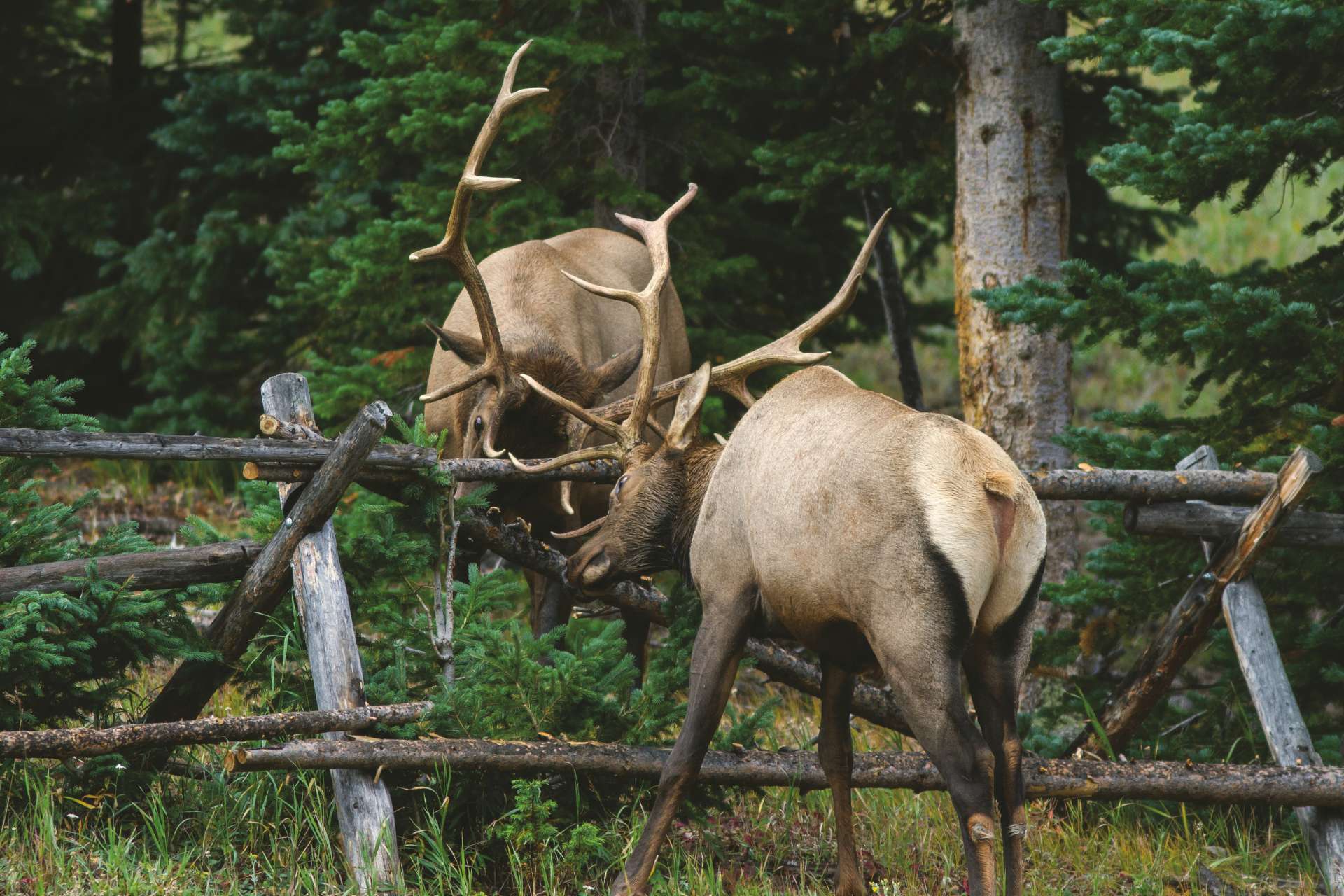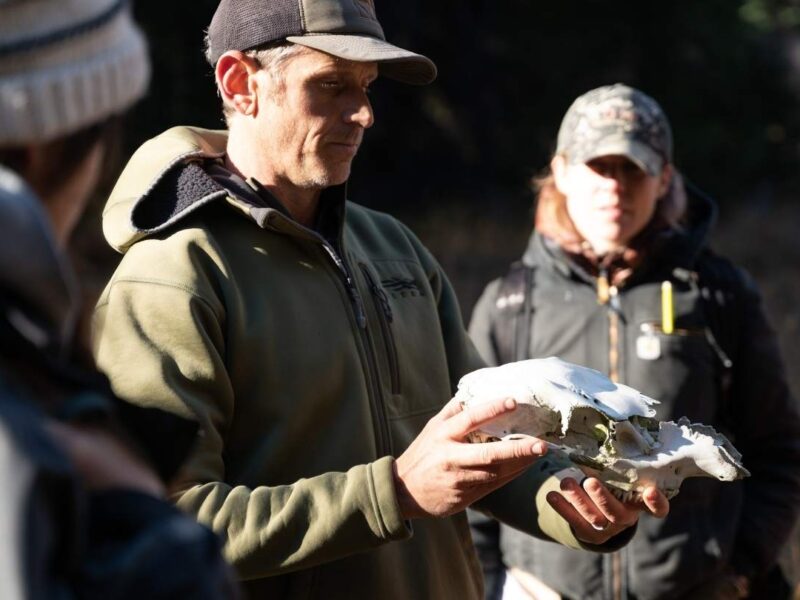Divisive Elk Require A United Response
The Rocky Mountain elk. Majestic scion of the wild, celebrated conservation success story, deadly tourist trampler, big-money trophy hunt attraction, delicious and nutritious wild food, wanton destroyer of fences and consumer of winter feed. All these things are true. How can we find common ground on this critical creature of the western landscape?
Recently, a district court judge in Montana ruled against a group of property owners who sued Montana Fish, Wildlife and Parks over elk numbers. United Property Owners of Montana (UPOM) sued FWP over an alleged failure to comply with a Montana statute that requires FWP to set elk population objectives and then to manage elk populations at or below those objectives.
Elk numbers in many parts of Montana, and other western states, are indeed at or above population objectives. And the costs of feeding and sheltering those surging elk populations is borne by private landowners. But on many ranches elk are not only an asset, but the main driver of the outfit’s economic structure. Elk management needs to be improved in many places to set and meet appropriate population objectives based on carrying capacity and multiple use needs. In order to better distribute elk, better distribute the economic benefits from elk and reduce adverse impacts to agricultural producers and ecosystems, a number of things are helpful:
First, everyone from hunters to policymakers needs to recognize the critical role private lands and landowners play in sustaining elk populations, and of the costs they incur in the process regardless if the landowner sees elk as an asset or not. In an On Land article from 2023, Granger Ranches ranch manager Billy Whitehurst put the costs of feeding the over-objective population of elk that descend on their ranch in the Madison Valley of Montana each year at over $30,000 a year. Most of that loss comes from grass forage consumption by the public’s elk, which the ranch can’t market, instead of their cattle, which they could. The ranch allows as much public hunter access as possible, at their own expense. As Whitehurst notes, “Over the course of the 2022 elk hunting season the ranch dedicated labor and equipment to assist hunters in harvesting their animals and loading them using ranch equipment. We estimate costs in personnel, fuel and equipment for this service at over $10,000 a year—an expense the ranch incurs as a public service, to aid in the population control of the herd and to provide an opportunity for people to connect with the land, the wildlife and our work to manage both.”
This points to a second key improvement for elk management around the West. Elk habitat and hunter access incentive programs need to work better to help landowners achieve their objectives, distribute hunting pressure and elk populations and provide economic support for landowners and rural communities. New Mexico’s EPLUS program is a good example. It delivers these benefits while not burdening the taxpayer and incentivizing habitat improvements for many species.
As elk populations hit record highs even as large carnivore populations recover around the West, Western Landowners Alliance believes agencies and landowners need as many tools in the toolbox as possible to keep working lands whole and healthy so they can continue to provide habitat for wildlife, big (game) and small. These programs are not expensive, and in fact can save the state money and even be an indirect source of revenue when they reward voluntary habitat protection and encourage hunter spending.
Finally, state agencies need to work with landowners and federal land managers to study, analyze and improve elk management, and better manage hunting and other recreational uses. Private landowners need to be more actively engaged in addressing elk management and distribution. Closer collaboration will improve the effectiveness of traditional elk management tools; i.e., tag allocation decisions and special population control (cow-only) hunts.

Elk do not observe property boundaries and so it is beneficial to take a community-wide approach to their management. Decisions on one ranch, whether they are intended to increase or decrease elk numbers, can have significant impacts on neighbors, and elk movement patterns can be profound. Place-based, landowner-led collaborative groups exist and are forming all over the West to address this issue, and many others. If you’re a new owner in the area, seek out these groups and learn about the challenges the community is working together on, before you make dramatic changes to your elk or hunt management strategies. Ultimately, habitat is key. Managing habitat that supports elk and livestock in the best way possible allows the landowner to determine the best decision for their ranch. An approach that supports the economic vitality of the ranch is good for wildlife, agriculture and the community.
WLA supports landowners having ability to manage their land as they see fit. We encourage ranchers to take advantage of programs available to them currently regarding elk management while seeking opportunities for new tools to be developed. There is a lot of promise in more cooperation and coordination between landowners, game agencies and sportsmen to improve elk management around the West.





